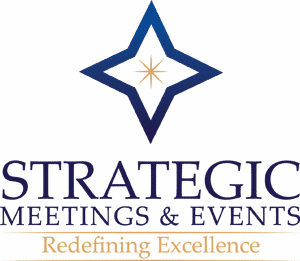How to Delegate and Get More Done

Half the battle of being more productive is building the best team; the other half is using your team wisely. Mastering the latter is the key to maximizing the potential of your team members and minimizing the time and effort spent on outsourceable tasks.
Why Entrepreneurs Should Learn How to Delegate
The ability to delegate is critical for scaling a business. And the entrepreneurs who do it well are able to grow their businesses more than firms that don’t.
The Gallup 2015 “Delegating: A Huge Management Challenge for Entrepreneurs” report found that CEOs with “high delegator talent” had a three-year average growth rate of 1,751 percent, 112 percentage points higher than CEOs with “low delegator talent.”
Basically, if you want more growth, you better find the right people and use their talents to company’s advantage. Read “When You Should Ask for Help for Your Small Business” for tips from experts on how and when to start delegating.
Hand Off Tasks to Administrative Staff
For cash-strapped small businesses, having support staff can seem like a luxury, but bringing in the right help can actually be a wise investment, says Maura Thomas (@mnthomas), productivity expert and founder of RegainYourTime.com. Today’s entrepreneurs rely on technology to outsource more tasks. And while it’s helpful in some ways, there are times when it makes sense to outsource tasks to an administrative staff member, Thomas says.
“In today’s ‘do more with less’ world of work, the number of administrative professional jobs is shrinking,” Thomas says. “Part of that decline is because of the belief that technology makes support staff unnecessary. But there’s still much that technology can’t do that a skilled administrator can.”
So crunch the numbers, but consider the versatility a worker can offer. That advantage can be essential when you’re scaling up.
Communicate Project Goals Clearly
Don’t let your employees try to figure out what you want; tell them upfront, says Joel Razi Lutfiyya, an independent consultant who works with startup entrepreneurs and small businesses. Once you’ve chosen the right person to do the job, clearly outline the overall goals and purpose of the project.
“One of the biggest mistakes most managers make is they don’t clearly explain why a project is important, how it will be used, or what their expectations are for the completed job,” Razi Lutfiyya says. “Be sure to communicate as clearly as you can so the individual you delegate the project to sees the full picture and understands what is needed.”
This might require some legwork and planning on your part, but the time you’ll save in back-and-forth emails and clarification will make up for it.
Step Out of the Way
Once you actually assign the task, let your employee or contractor handle it. Don’t prevent them from doing their jobs, says Christy Lamagna (@SMEChristy), founder of Strategic Meetings & Events, a strategic planning firm. You can step in to help, but don’t make the process stifling.
“After a task is assigned, I am available to assist, but I get out of the way of my and let the experts do their work,” Lamanga says. “I delegate based on what each member of the team has demonstrated as a strength and their ability to work within a particular timeline.”
If you’re used to doing everything yourself, this step can be challenging. But when you feel the need to do it yourself, step back and ask if it’s a task a CEO should spend that time on. If not, let your trusted team handle it.
Match Good Employees with the Right Tools
To be an effective leader, you’ll need to create the best work environment for your employees. You should be familiar with your employees’ strengths, so the next step is to use them to your advantage, Lamanga advises.
“A strategic leader lets the team self-identify their skills and the environment they need to thrive, and then creates that for them,” Lamanga says. “As leaders, not bosses or managers, it is incumbent upon us to assign tasks wisely, so we empower our teams.”
Make time in your yearly employee evaluations for employees to discuss their strengths and see what tasks you can ask them to take on that will lead to job satisfaction on their part and allow you to focus on the bigger picture.





